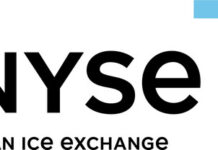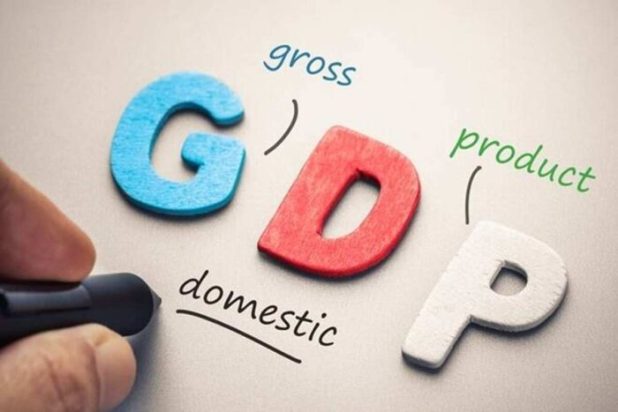The economy was well under recovery from the devastation caused by the first wave of the pandemic until the second wave hit the economy, starting April 2021, bringing the recovery process to an abrupt halt. The unprecedented and swift spread of the lethal virus in the second wave has caused a severe disruption in the recovery process, with almost all the states imposing restrictions on economic activities and lockdowns of varying degrees to contain the spread of the virus. Unlike last year when the centre announced a complete lockdown, this year the decision of imposing such restrictions was taken by states.
Of course, almost all the states were forced to impose restrictions of varying coverage of activities and regions. Nevertheless, there has been a severe adverse impact on economic activities. Before the second wave hit, the economy was regaining at a faster rate from its lows and was poised to grow at double digits; the Economic Survey had projected the GDP growth rate of 11% for FY22. The RBI also projected 10.5% growth for FY22 in its April MPC, but following the catastrophic second wave, it revised downwards the full year growth projections to 9.5% in its June MPC. What is more striking in the RBI’s growth projections is the revisions in its quarterly growth outlook. After estimating 26.2% growth for Q1FY22 in the April MPC, the RBI revised the projections downwards by 7.7 percentage points to 18.5% in its June MPC, considering the severity of the pandemic on the Indian economy.
The pandemic toll on the economy is huge so far, and sectors that are impacted by social distancing norms and supply disruptions continue to trail due to the second wave, in the demand-constrained economy. Unlike in the first wave, the Covid infections have spread into the hinterlands too in the second wave, putting the rural economy at risk. The surge in the new Covid infections in rural areas during the harvesting of summer crops impacted agricultural activities to some extent in a few states. However, minimal agricultural activities during the summer season limits these losses on the Rabi output. Overall, agricultural activities continue with steady growth, and the early arrival of monsoons this year with above-normal rainfall is likely to show a continuing growth trend in agri output.
Most of the industrial growth indicators reported sequential decline in the recent months, reflecting how lockdowns were causing demand slowdown. Compared to last year’s levels, they are at a better position because unlike during the complete lockdown imposed in Q1FY21, this time, the restrictions were selective. Industrial activities, after gaining pace up to Q4FY21, fell again due to the partial restrictions imposed by the states in the wake of the fast spread of the pandemic in its second wave. Although the restrictions imposed this time by different states were partial and selective depending on the intensity of the second wave, there were restraints on consumer demand and supply chain disruptions following traffic bottlenecks and the diversion of oxygen from selective manufacturing industries such as steel and cement. The composite PMI numbers falling below the 50-mark for consecutive two months in May and June also hint at a weakening business condition, with new business and output falling at the fastest rate since July 2020.
The second wave has adversely impacted the construction sector as well, though the disruption seems to be much less than last year. The massive migration of construction workers in the wake of the prolonged lockdown last year completely disrupted the sector, and the contraction in the sector was 49.5%. However, the outmigration during the second wave has been much less and mostly localised. Although the second wave has disrupted the sector, the impact is likely to be much less than last year.
The impact of the second wave on the services sector is likely to be limited compared to last year, except for the trade, hotels, transportation and tourism industry. The major activities that require social distancing continue to suffer. A faster revival in the global economy helped improve demand for exports, and financial services continued to function without much trouble as remote working models have become the new normal now.
To sum up, the economy was recovering well until the last quarter of FY22 from the devastation caused by the pandemic last year, but the fast spread of the virus in the second wave and restrictions on economic activities announced by various states to contain the pandemic have caused significant disruptions to the growth revival. Although most of the growth indicators are performing better on a year-on-year basis, largely due to poor base numbers, the level of GDP in the economy will still be below 2019-20 levels.
We expect GDP growth for Q1FY22 at 14% (year-on-year), largely due to a low base in Q1FY21. The subsequent quarters will see an improvement if there is no resurgence of the virus in the form of a third wave. Although many states have started easing the lockdown restrictions recently, economic activities have not resumed completely to their pre-Covid levels. With the lockdown relaxations and progress in vaccination, there will be greater production and demand revival. There will also be some pent-up demand, but it may not be as high as last year. However, barring an intense third wave, increased demand will be sustained, mainly because with a significant proportion of the population having been vaccinated, there will be greater protection from the virus.




![[Toyota Times] Guy Who Loves Cars Meets Guy Who Loves Food [Toyota Times] Guy Who Loves Cars Meets Guy Who Loves Food](https://businessfortnight.com/wp-content/uploads/2025/12/Toyota-Times-Guy-Who-Loves-Cars-Meets-Guy-Who-Loves-218x150.png)





























